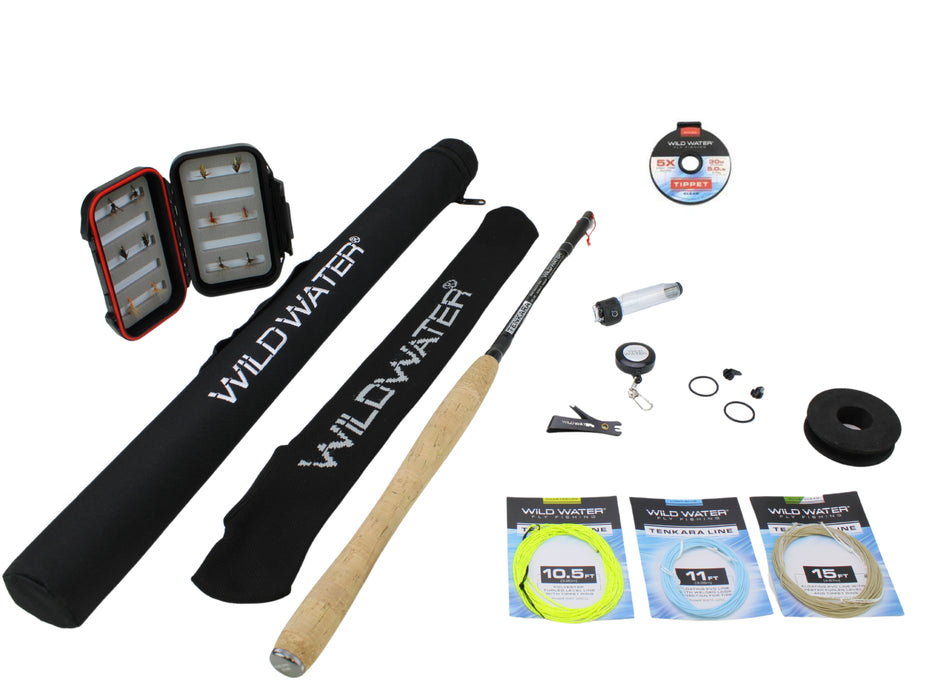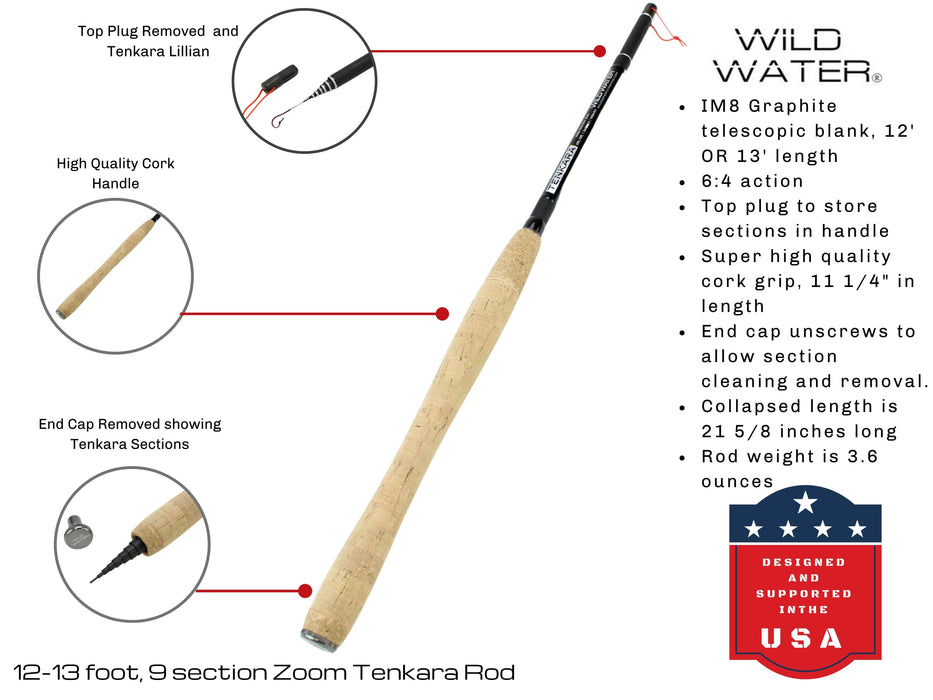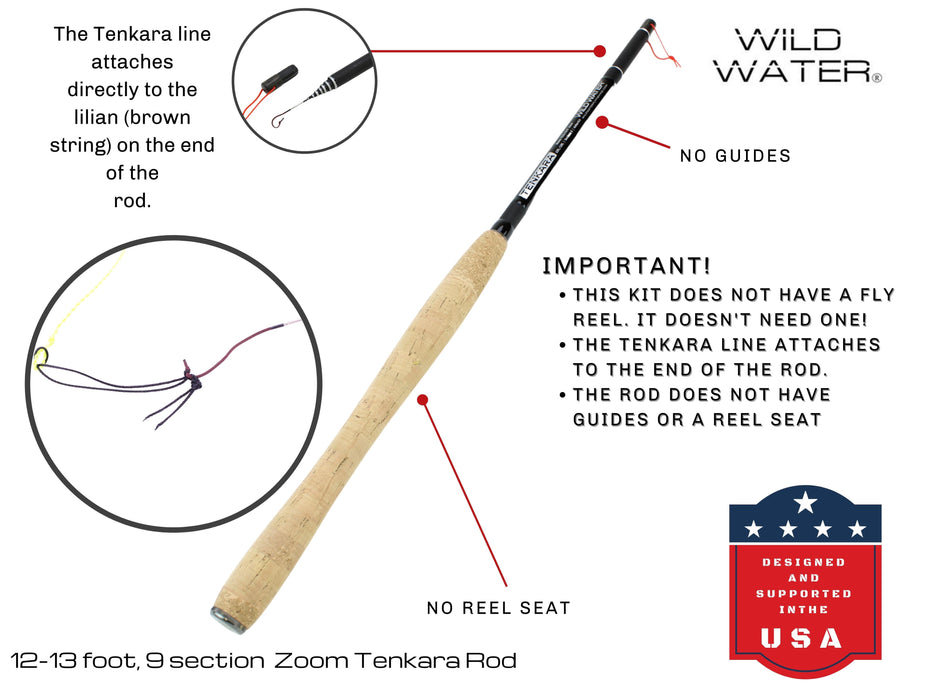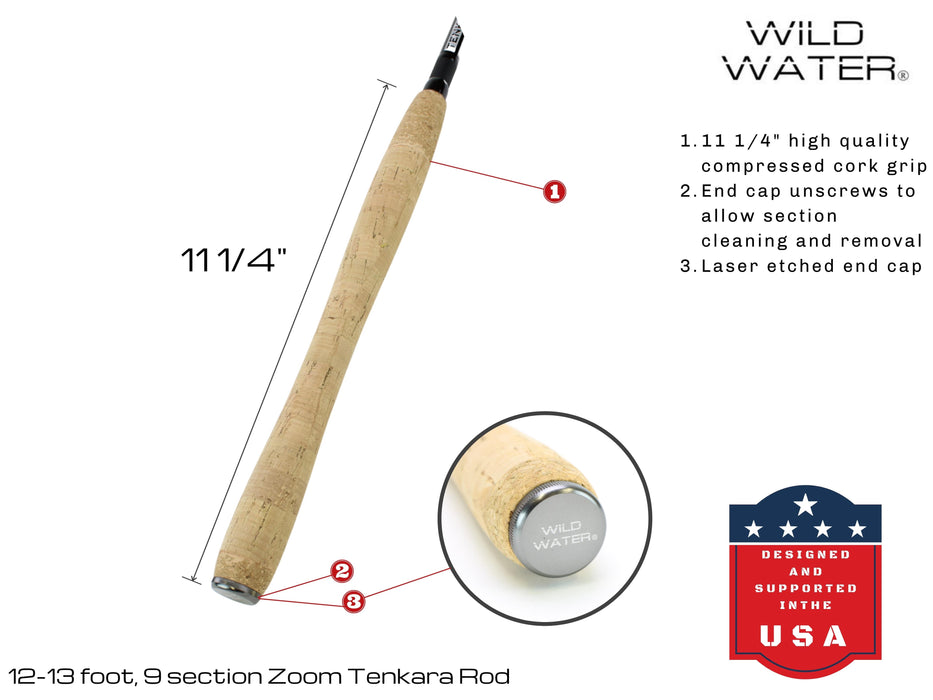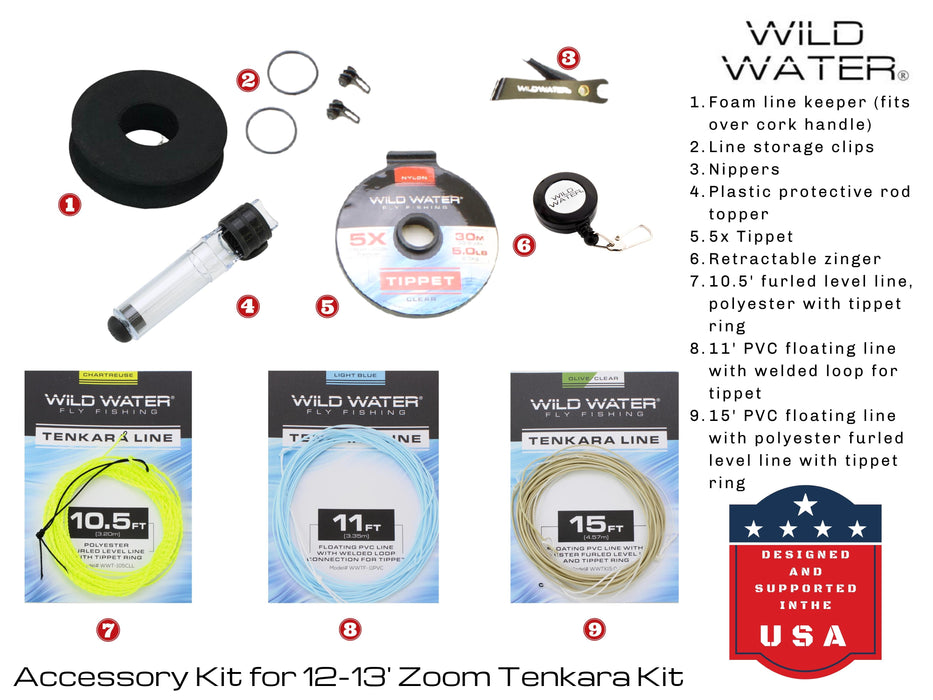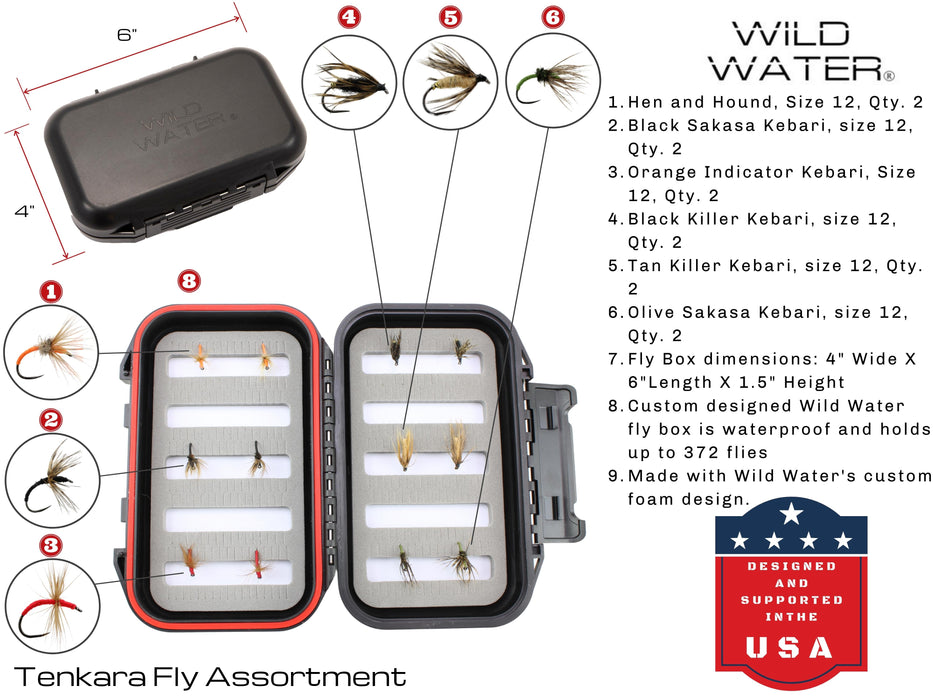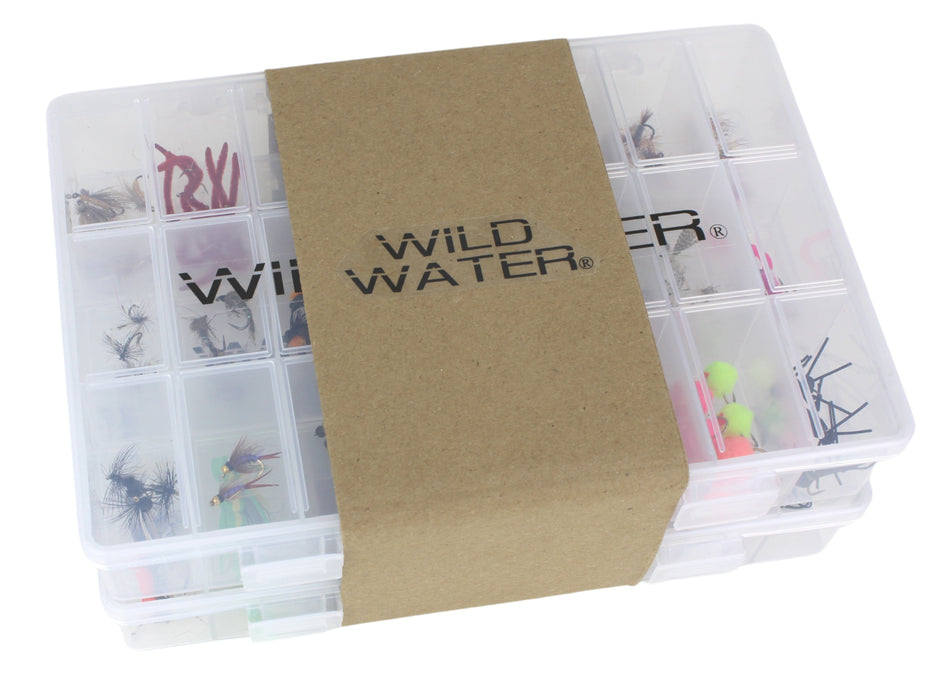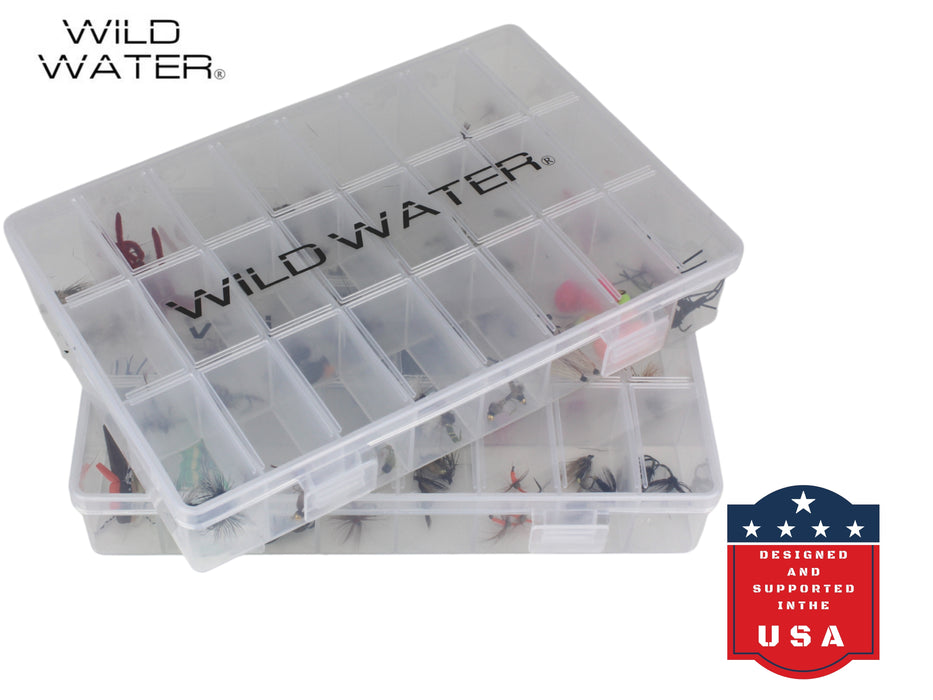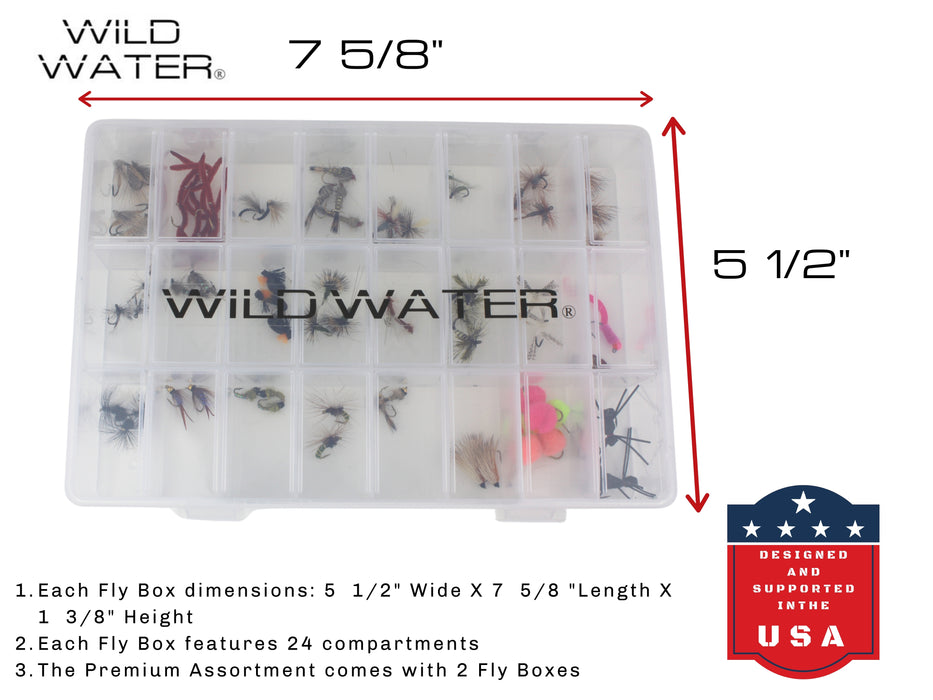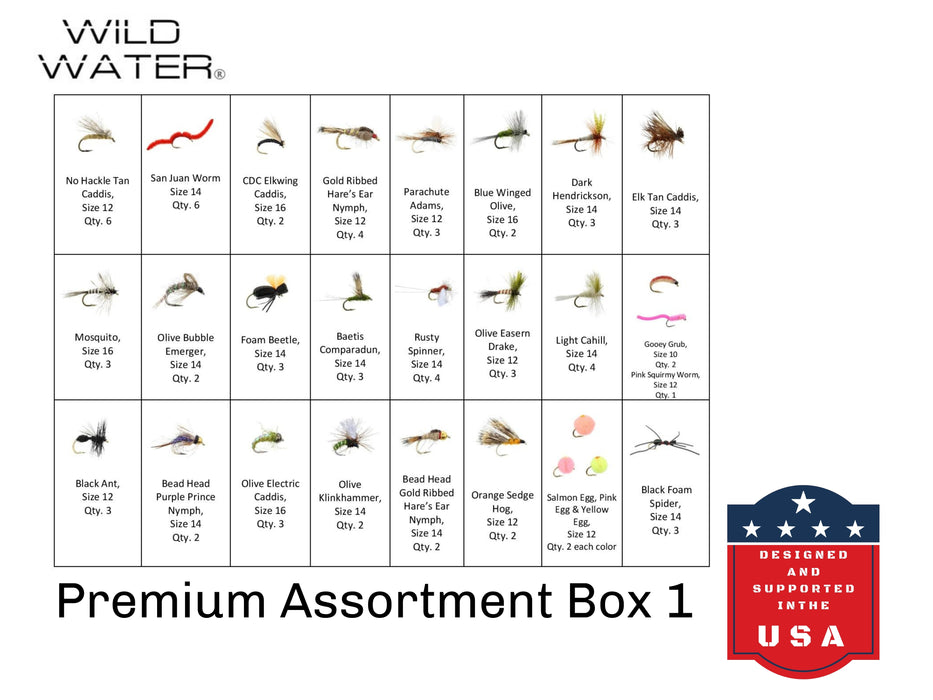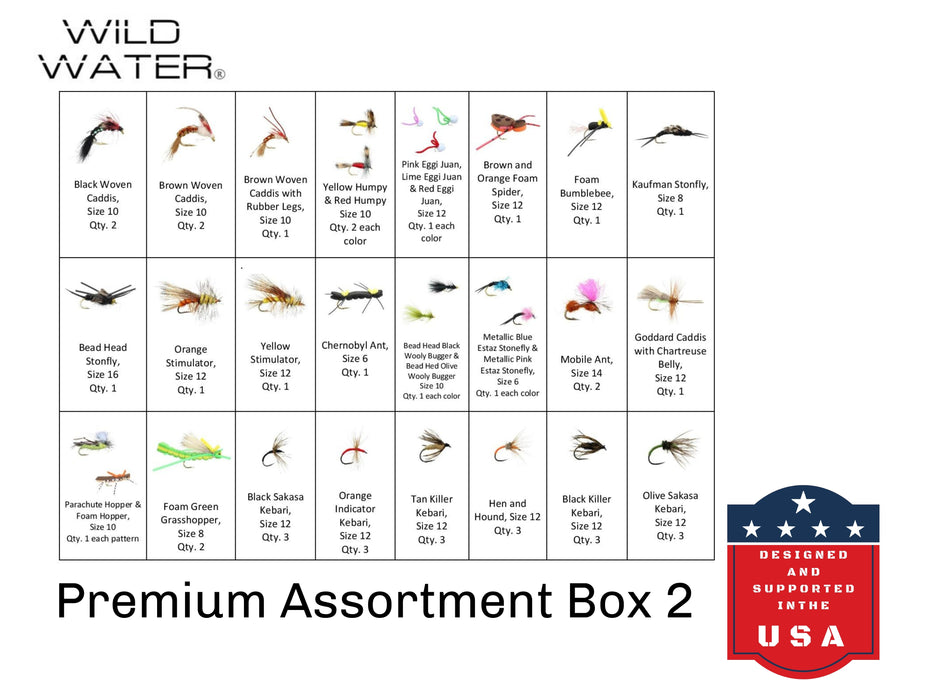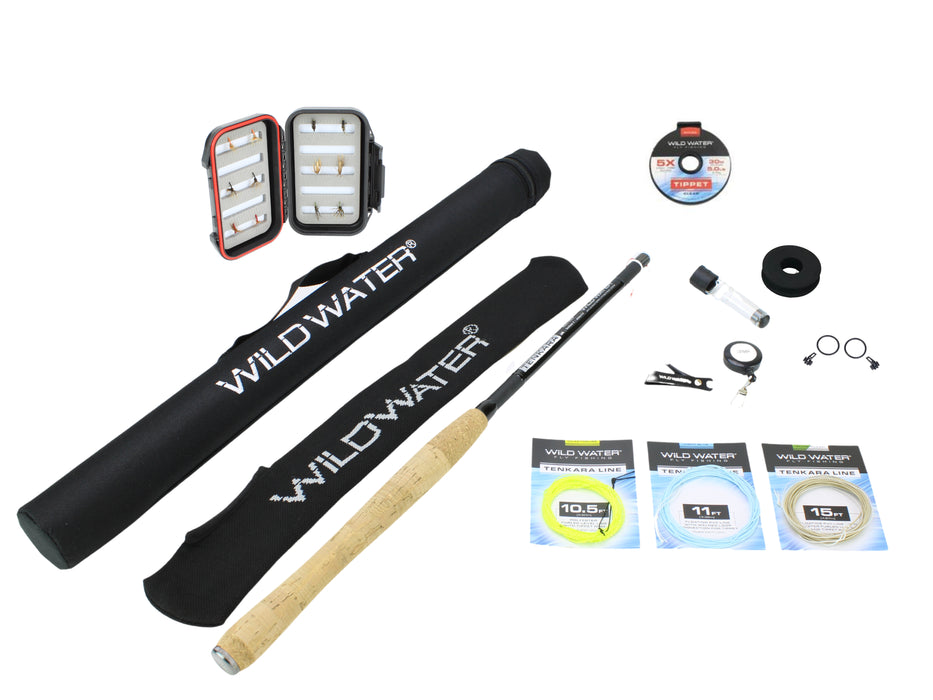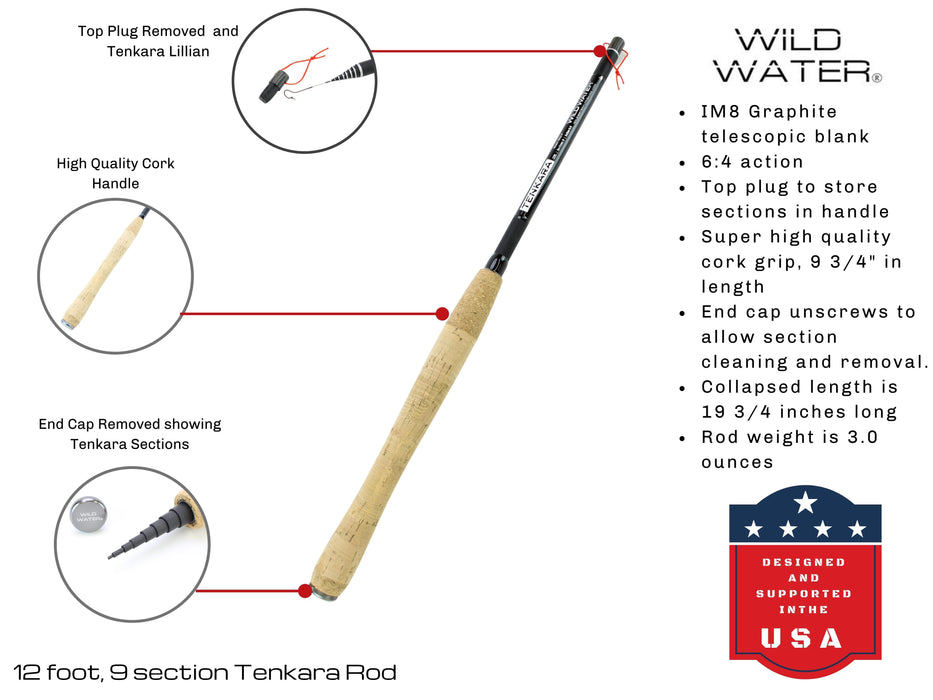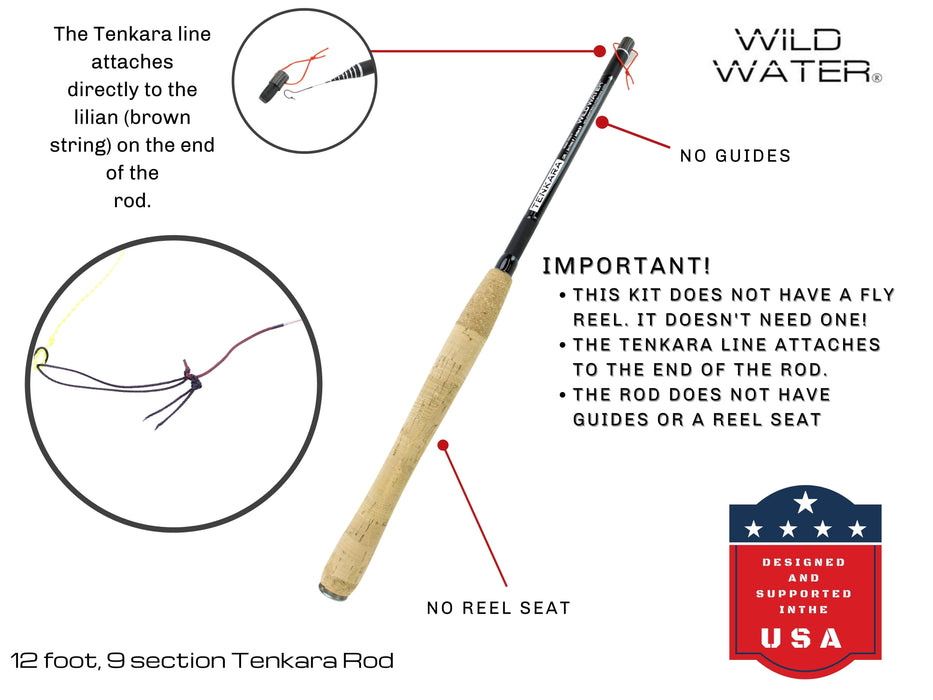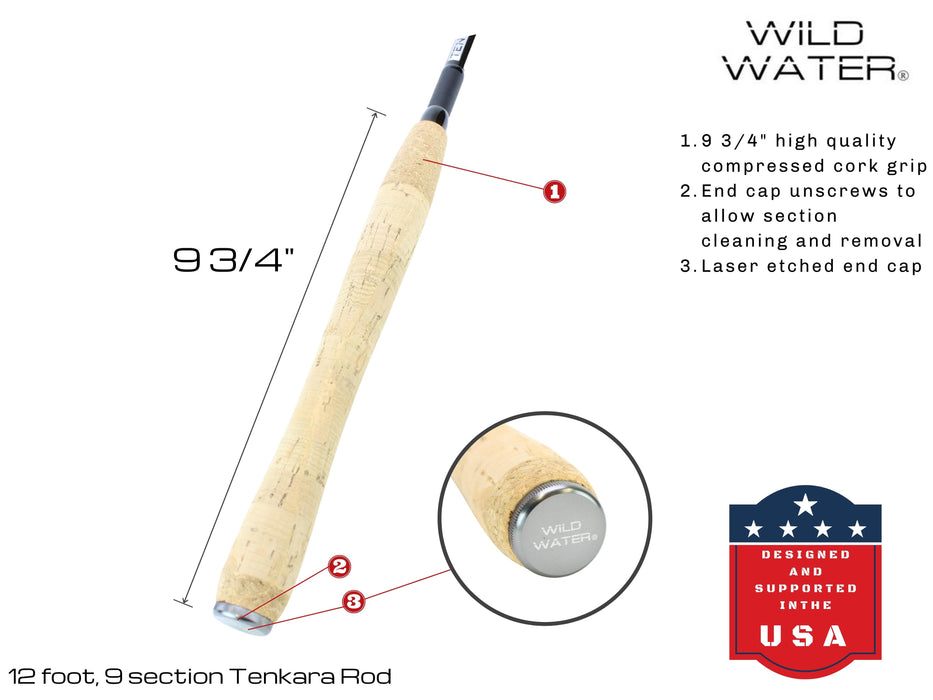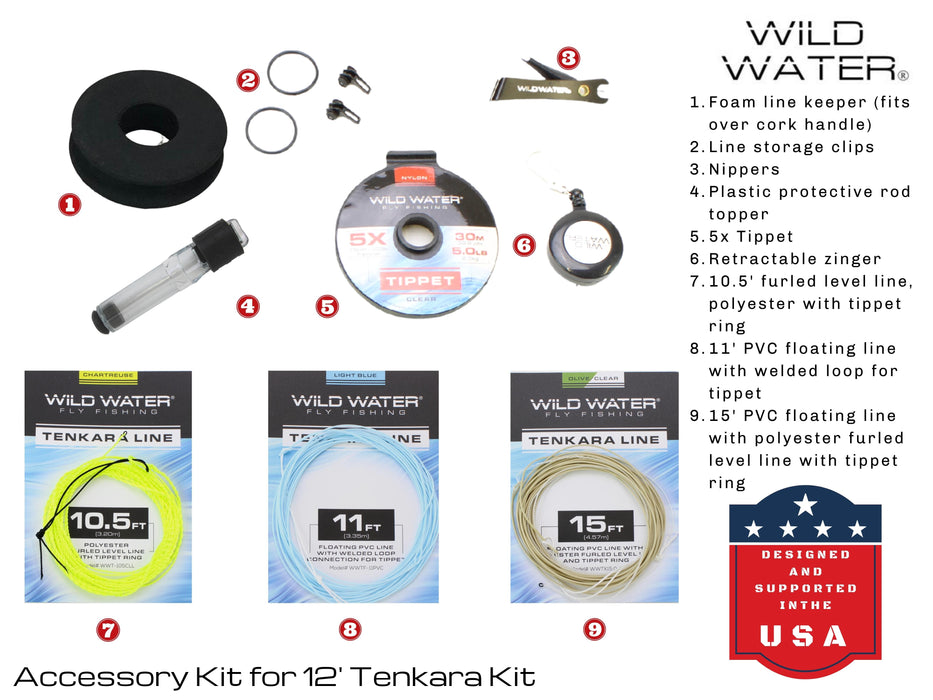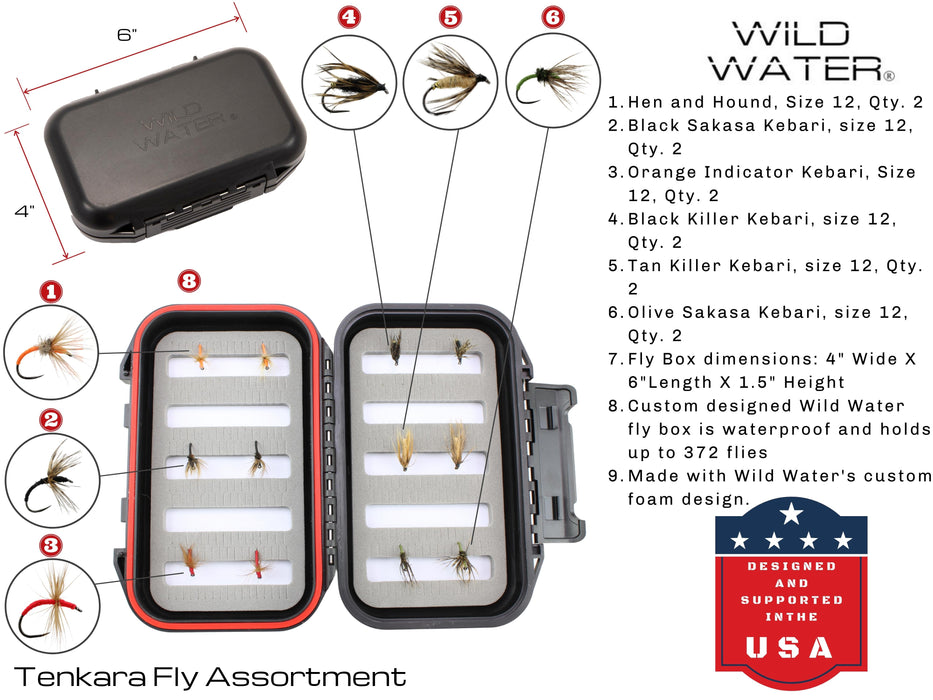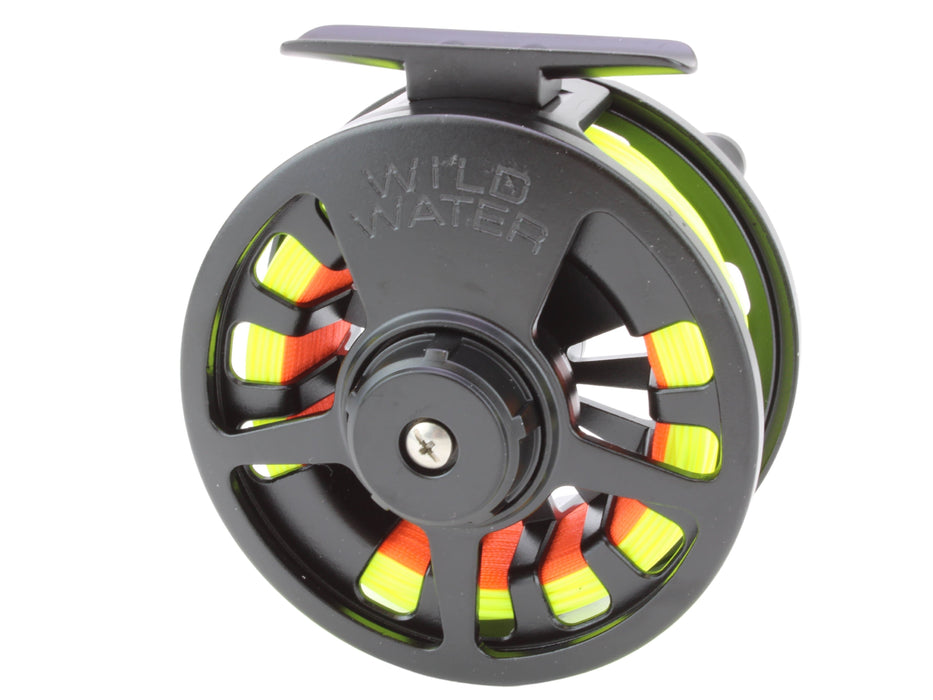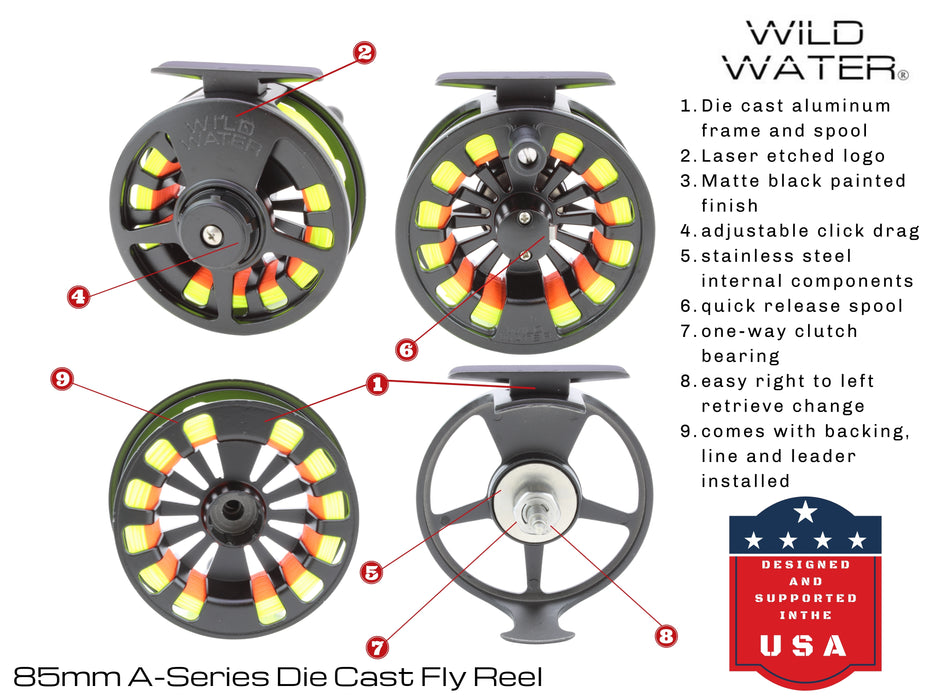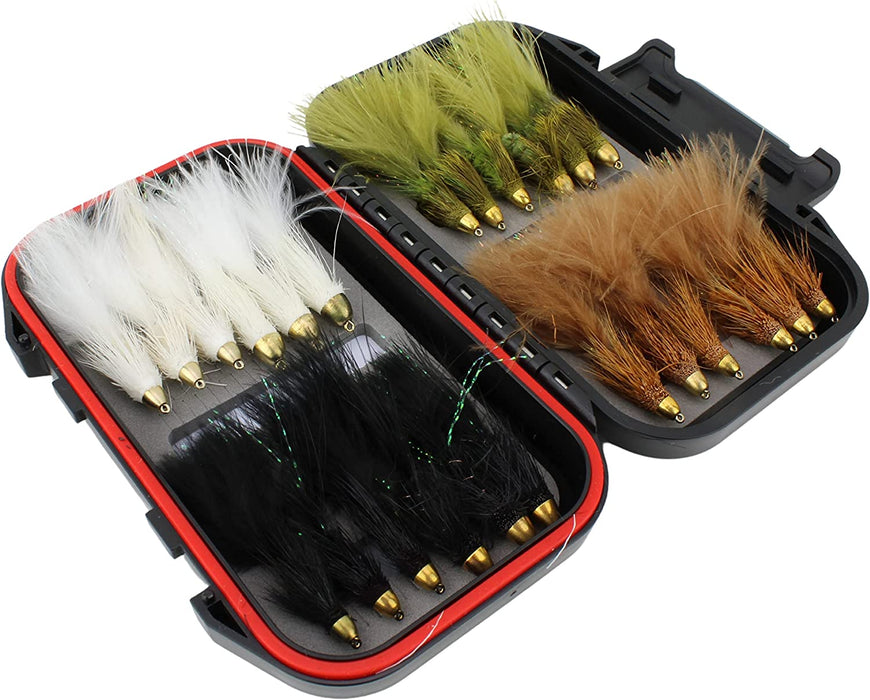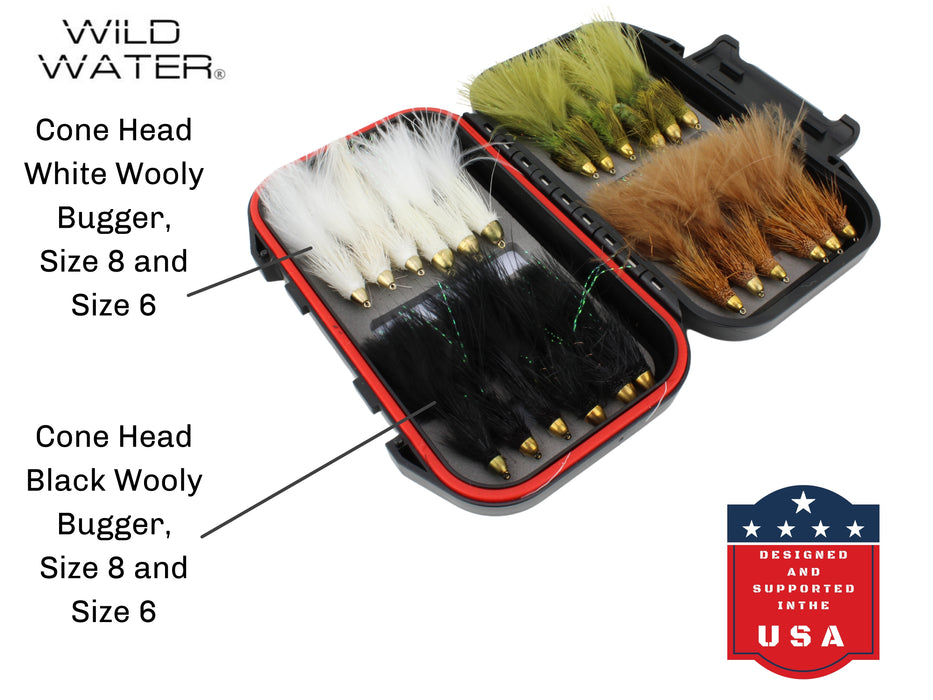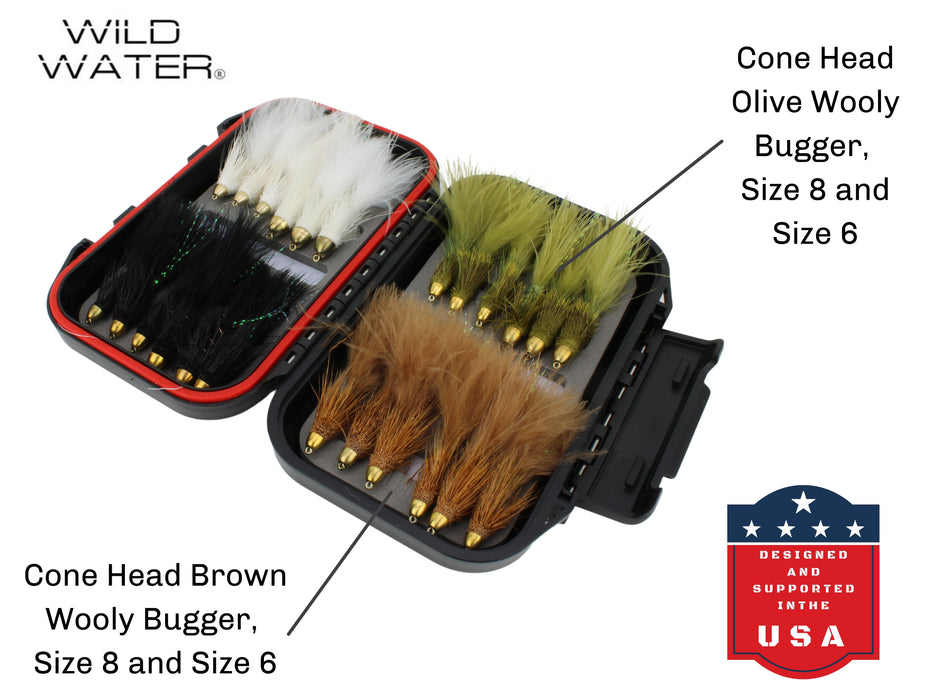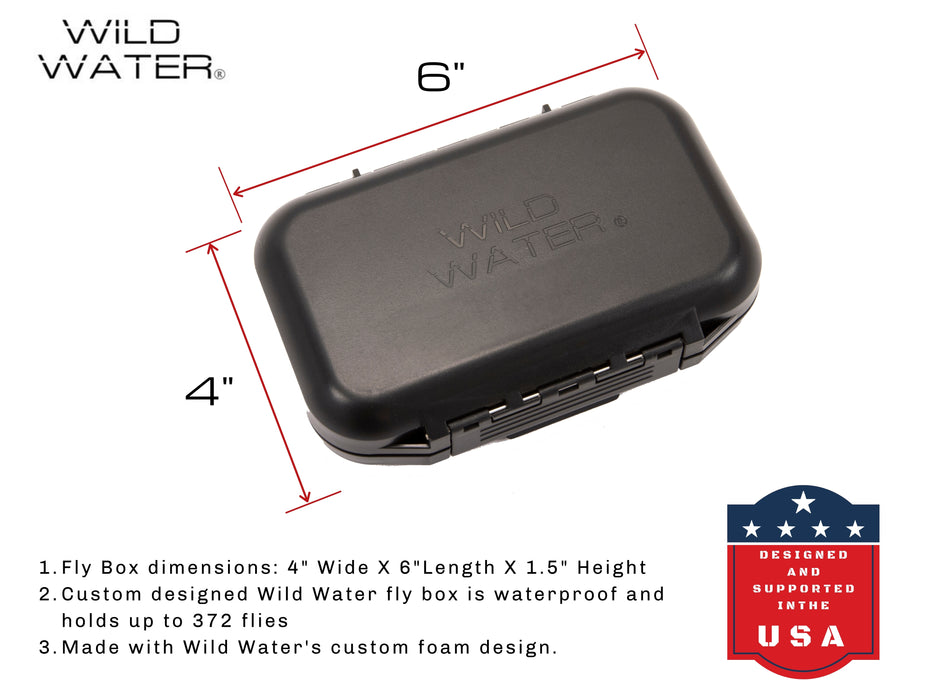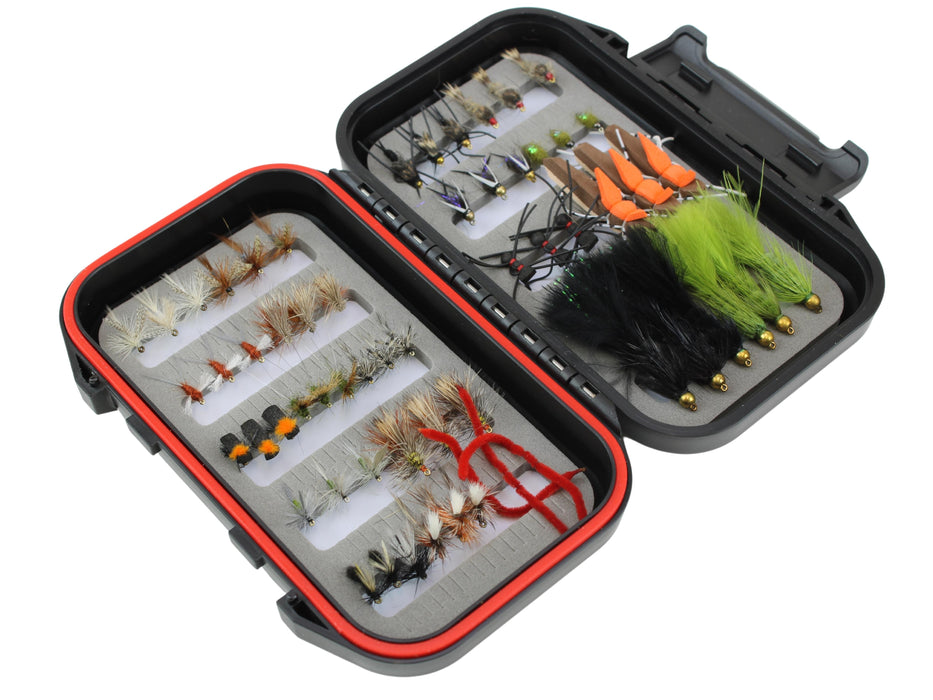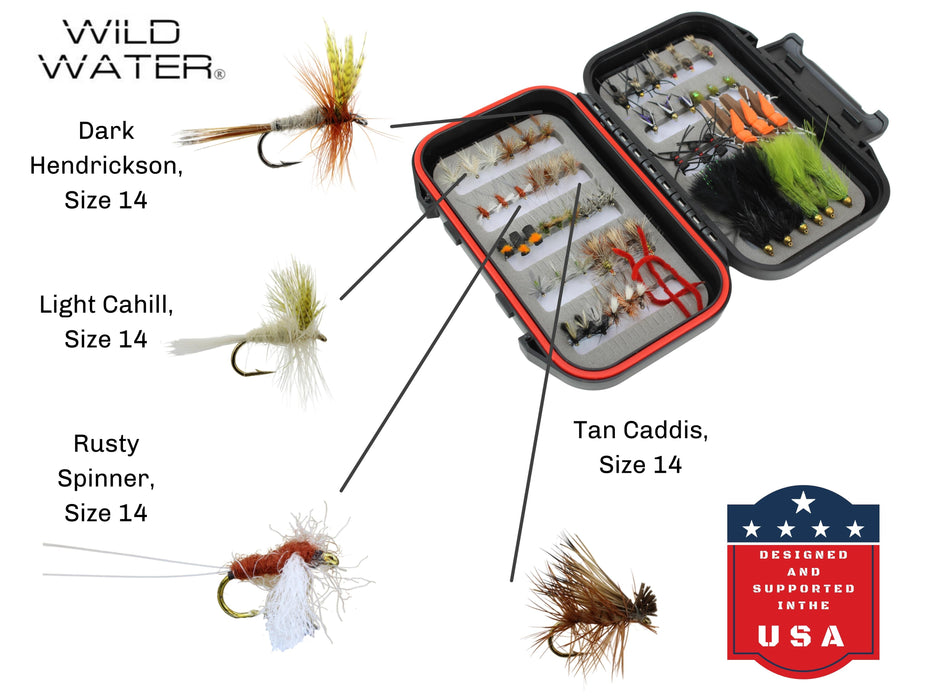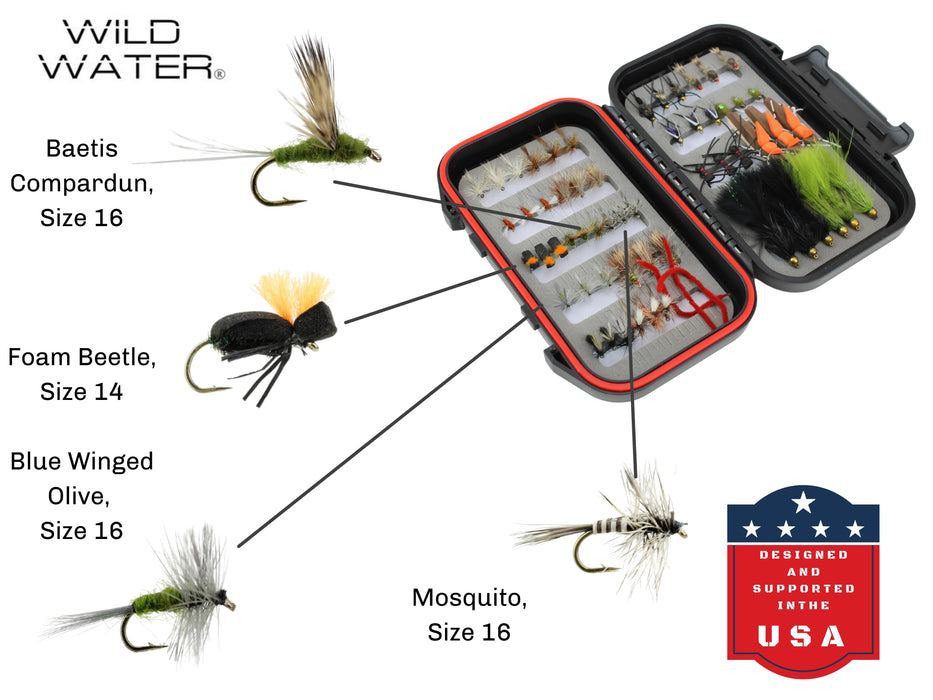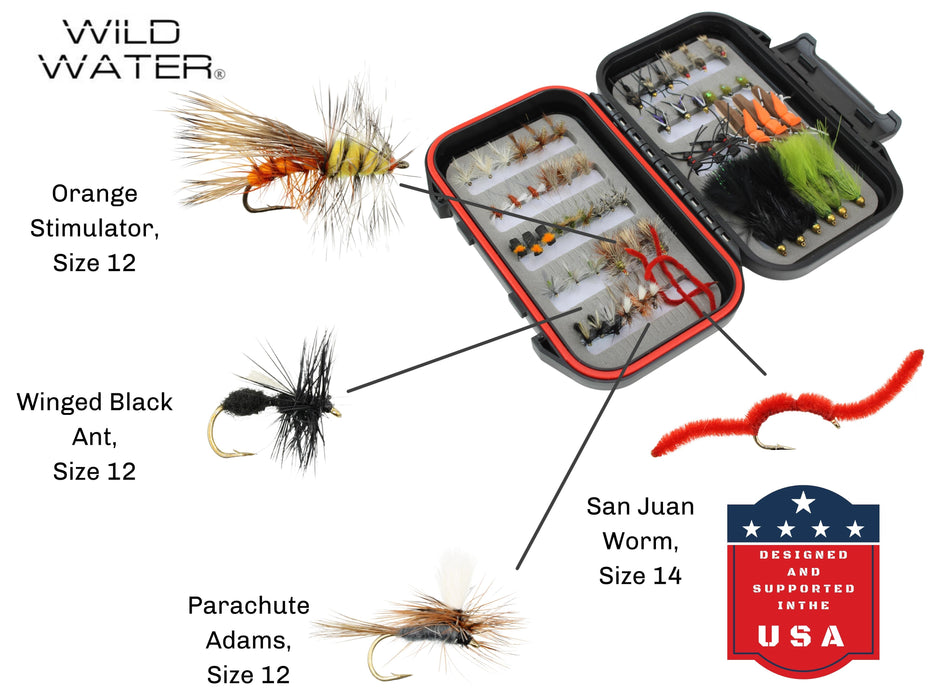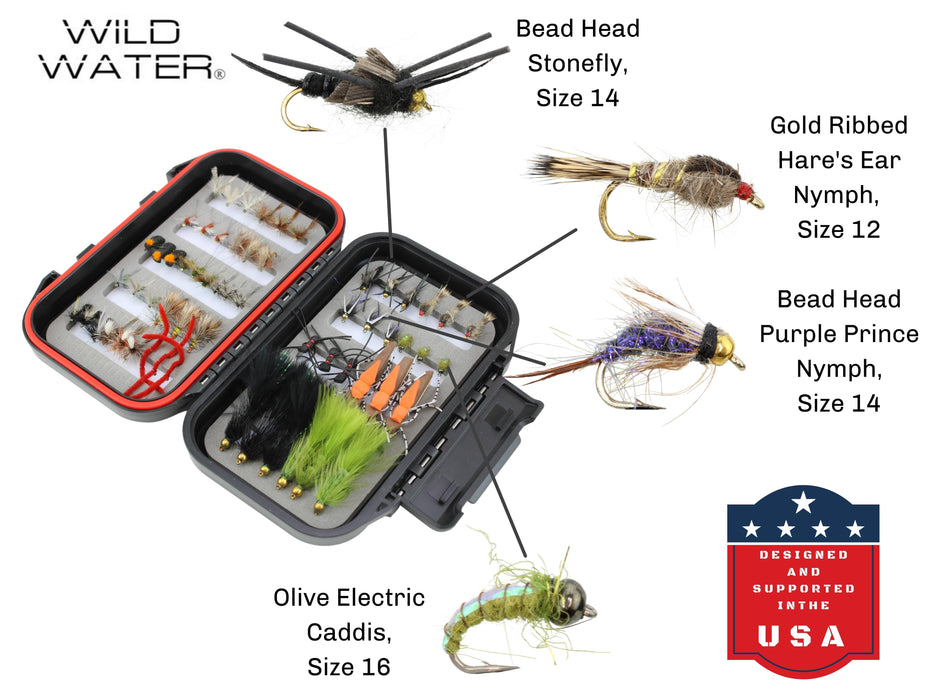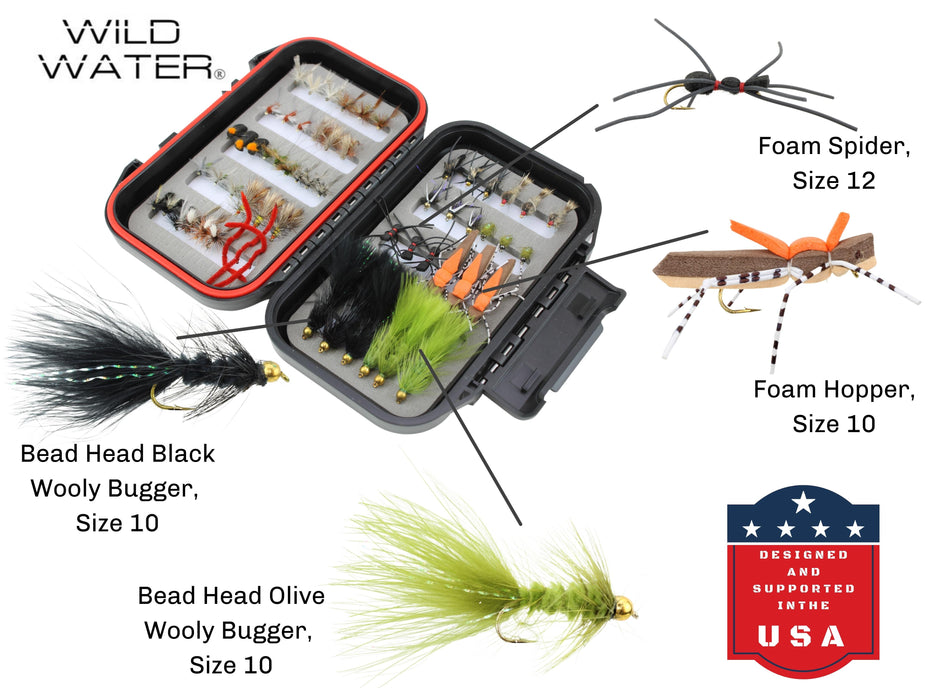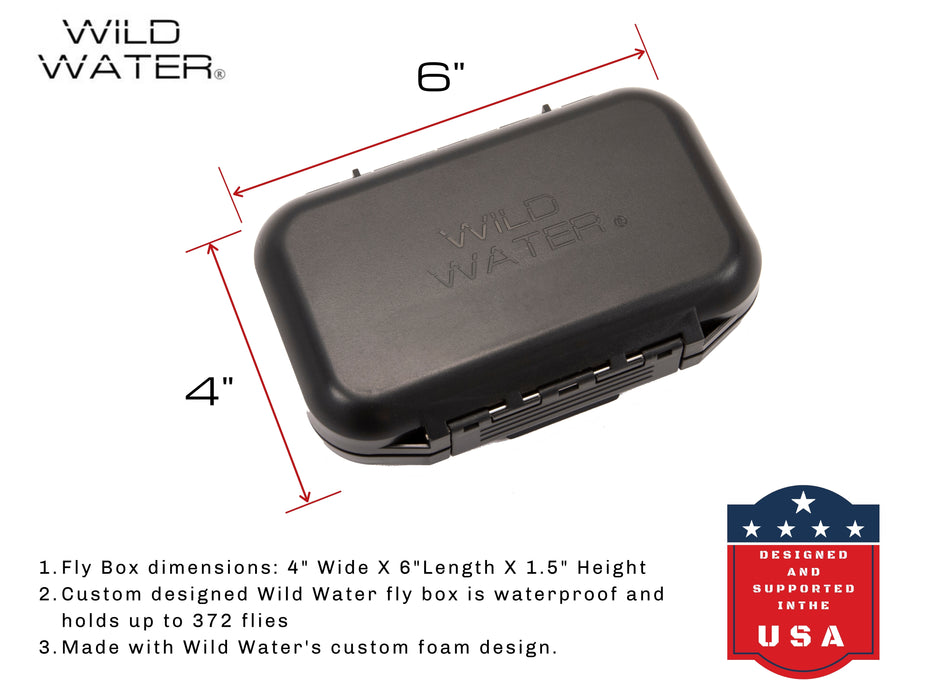Wisconsin Fly Fishing
Wisconsin Fly Fishing
Some of my most memorable fly fishing trips have been to Wisconsin. It's where I caught my first steelhead on the swing, and also where I caught the biggest brown trout of my life. With thousands of miles of streams, rivers, and lake shoreline Wisconsin is full of these types of opportunities. There are beautiful classic trout streams, rivers that hold large brown trout and steelhead, as well as lakes with Musky and other warm-water species. These areas are located throughout the state, so no matter where you are headed chances are good there will be some good fishing nearby.
On the eastern side, Wisconsin is bordered by Lake Michigan. During the spring and fall steelhead and brown trout migrate from the lake into the tributaries, providing some excellent fishing. To the north lies Lake Superior and more tributaries with more steelhead fishing. The fish in these northern systems are wild and able to reproduce naturally unlike their eastern cousins. These tributaries will also see populations of chinook (king) and coho (silver) salmon starting in September and October. The browns from Lake Michigan can be enormous, with the state record coming in at over 41 pounds, just shy of the world record. While it may be unlikely to find a 40lber, it is not uncommon to find browns in the double digit range. Steelhead are typically more abundant, and can be over 30 inches. They are beautiful fish and it is hard to find a more fun species to chase. Browns and steelhead will be located in the same areas, so it is common to catch both species in the same outing. Both can be caught using streamers, dead drifting egg patterns, or nymphs. When chasing fish of this size and strength I recommend an 8 or 9 weight rod with 1-3x leaders. Wisconsin can be cold during these seasons, so make sure to wear some layers. Many of these tributaries will be in or near urban areas. You might not get the serene natural environment, but it does make accessibility and planning much easier. Some of my best days have been within Milwaukee, and being in the river has a way of making the outside world disappear – this is especially true when you hook into a fish of this caliber! Much of the water is fishable by walking and wading, and even directly from shore although it may limit your reach.
A trip to southwest Wisconsin will take you to the Driftless Area. Named for lacking glacial “drift” from the last ice age, the area extends outside of Wisconsin into Minnesota, Iowa, and a small part of Illinois. Many of the streams here are spring fed making for excellent trout habitat. Native to this region is the brook trout, a beautiful fish that is actually part of the char family. Anglers can also find browns, rainbows, and the exotic tiger trout. The browns here won't reach the same size as the great lakes variety (not many places in the world do), but nice fish can still be found. Tiger trout are a mix between a brook and brown trout and are aptly named due to their unique markings that resemble tiger stripes. These fish are rare so consider yourself lucky if you're able to land one! Make sure to research and buy all necessary licenses before fishing in the Driftless, and also pay attention to which areas are public. A local fly shop can be a great resource for local knowledge and any additional gear or flies you may need. As a general rule of thumb, many traditional trout flies will have success. Dry flies, nymphs, and smaller streamers can all be effective. Streams here will be smaller making them excellent for wading. The natural beauty of The Driftless is enough to make a trip, and a few trout make for a nice bonus.
If you're looking for a change of pace from trout, you've come to the right place. There are several other species throughout the state, including bass, pike, and musky. Smallmouth bass are arguably the pound for pound hardest fighting fish around Wisconsin and during the spring and summer can be the ideal target for anglers looking to find some action. Bass are very aggressive, and presentation doesn't need to be perfect in order to induce a strike. They are also abundant in many lakes here making them the perfect target. An 8 weight rod is perfect for these feisty fish that can wear out an angler by the end of the day. While fishing for bass, there is a good chance that you will hook into a northern pike. A slender, sleek, toothy predator pike will eat almost anything that swims above or below the water. They're known for being aggressive...extremely aggressive and don't practice much caution. This combination leads to some exciting strikes, and if you see one don't be afraid to try a large topwater fly. Using a thick leader or one made of wire is recommended if you plan to catch pike because their teeth can easily cut through regular line. Musky, closely related to pike, may be the most notorious fish in Wisconsin. They are large and impressive fish, but most of the allure comes from how difficult they are to catch. Nicknames like “the fish of 10,000 casts” points to the rarity of landing one, which translates to great pride for anyone who does. A 10 weight rod, a lot of patience, and some luck are all recommended when heading out on a musky trip.
Fly fishing Wisconsin can be overwhelming with the different water types and species, but just remember, it's hard to go wrong. No matter where you are or what you'd like to fish for, chances are you can find it. Wisconsin may not have the same reputation for fly fishing as some western states, but it should. I always look forward to my trips there, and who knows, maybe next time I can improve my personal best brown trout.

